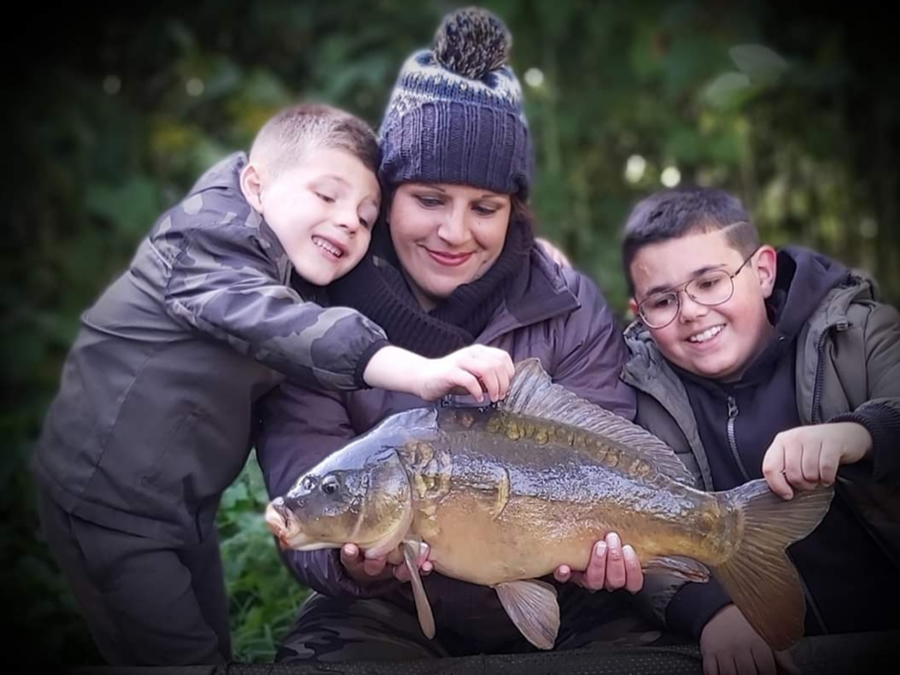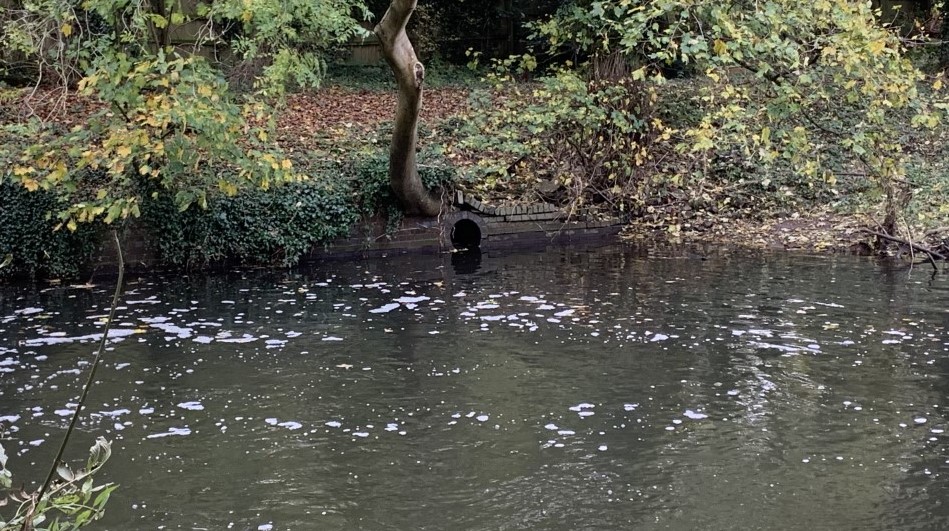Water Quality Monitoring Network
The Angling Trust Water Quality Monitoring Network was launched in May 2022 as part of our Anglers Against Pollution campaign to engage anglers and angling clubs in better understanding pollution issues on their waters.
The initial pilot project focused on the River Severn catchment and was rolled out nationally just two months later. It now has the support of over 200 clubs.
The findings from water quality tests taken by club volunteers will help the Angling Trust hold the government to account, ensuring it lives up to its rhetoric on improving our environment and meeting its own legal responsibilities, and support local initiatives to restore our rivers to a healthy state.
The initiative is supported financially by Orvis UK and APTUS tackle and the “Big Yellow Boxes” are supplied by Flambeau Outdoors. If your club would like to get involved, please contact [email protected]
This brief outline of the Water Quality Monitoring Network (WQMN) explains the rationale behind its launch, what’s included in testing, and how the data will be used:
CLICK HERE FOR MORE INFORMATION

Volunteer resources
All volunteers who sign up to the WQMN through their angling club receive a Joining Email with all the information they need to undertake their water quality monitoring. These include:
Volunteer Pack:
The Volunteer Pack includes all the instructions on how to undertake a water quality sample and how to record the results in Epicollect.
Angling Trust Code of Practice for Staff, Officials and Volunteers:
All WQMN volunteers need to adhere to the Angling Trust code of practice.
CLICK HERE FOR CODE OF PRACTICE
Risk Register:
Volunteers are asked to undertake a risk assessment before their first sampling session and to send it to [email protected]
CLICK HERE FOR BLANK RISK REGISTER
CLICK HERE FOR EXAMPLE RISK REGISTER
Manual Record Sheet:
This manual record sheet is a backup for volunteers in case the Epicollect app isn’t working.
CLICK HERE FOR MANUAL RECORD SHEET
Viewers Pack:
Clubs and other organisations can nominate Viewers who can access the WQMN dataset. This pack provides instructions on how to access the WQMN data in Epicollect.
Interpreting Your Results:
This short guide shows how to interpret your WQMN results and includes the Water Framework Directive standards.
CLICK HERE FOR INTERPRETING YOUR RESULTS
How To… Videos:
All of the How To… videos produced by Cardiff University are available on YouTube.
Volunteer Zoom Meetings:
Regular Zoom Meetings help to keep volunteers up to speed with developments in the WQMN and are an opportunity to ask questions and share best practice.
CLICK HERE FOR RECORDING FROM OCTOBER 2023 ZOOM MEETING
CLICK HERE FOR RECORDING FROM JUNE 2023 ZOOM MEETING
Other Useful Resources
Phosphorous Information Sheet
Prepared by Cardiff University on behalf of the Wye Catchment Collaborative Monitoring Network, this short guide for citizen scientist explains the different forms of phosphorous and how they relate to water quality monitoring.
CLICK HERE FOR PHOSPHOROUS INFORMATION SHEET
Algal Blooms
We ask volunteers to record observations of Algal Blooms because they can be harmful to fish, wildlife and humans and are linked to poor water quality, in particular eutrophication (phosphate and nitrate nutrient enrichment).
Algae occur naturally in inland waters such as rivers, streams and lakes. When conditions are ideal for growth, an algal bloom can occur. During a bloom, the water becomes less clear and may look green, blue-green or greenish-brown, brown or even black. Scums can form during calm weather when several bloom forming species rise to the surface. This can look like paint, mousse or small clumps.
Cyanobacteria or ‘blue-green algae’, a type of blooming algae, can produce toxins. These toxins can kill invertebrates, fish, wild animals, livestock and pets. They can also harm people, producing rashes after skin contact and illnesses if swallowed. Algal blooms block sunlight from reaching other plants in the water. They also use up oxygen in the water at night which can suffocate fish and other creatures. Oxygen is also used up when the bloom decays.
If volunteers witness an algal bloom, they should record it on Epicollect and report it to the Environment Incident Hotline. Telephone (24 hour service) 0800 80 70 60
Algal blooms: advice for the public and landowners
Agricultural Pollution
Whilst sewage pollution has received a lot of attention, and rightly so, it is important to recognise that agriculture is the largest contributor to poor water quality on our waterways.
Farmers should be adhering to the Farming Rules for Water in order to minimise the impact of diffuse pollution – The Reduction and Prevention of Agricultural Diffuse Pollution (England) Regulations 2018 (legislation.gov.uk)
A summary of the rules are laid out by the EA in this policy paper – Farming rules to protect watercourses – policy paper (publishing.service.gov.uk)
It is the Environment Agency’s responsibility to ensure compliance and address non-compliance to the Farming Rules for Water and if you suspect that a farmer is not compliant you should report your concerns to the Environment Incident Hotline. Telephone (24-hour service) 0800 80 70 60 – Report an environmental incident – GOV.UK (www.gov.uk). The EA and many local Rivers Trusts have teams of farm advisors who can support farmers with the implementation of the Farming Rules for Water.
- If you want to know more about the Water Quality Monitoring Network contact [email protected]










































